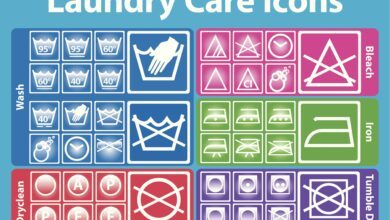Lifestyle
The Importance of Facial Expressions in Verbal and Nonverbal Communication
Facial Expressions in Verbal and Nonverbal Communication

How are Facial Expressions related to communication?
We are all aware that one can communicate myriad emotions without saying a word. Who among us hasn’t been moved by actors emoting on screen without a single word of dialogue? Facial expression as a form of nonverbal communication is universal. Watching expressions gives us insights into someone’s feelings and thoughts.
Whether it is agreement, disagreement, excitement, or frustration, our faces involuntarily convey hard-to-hide emotions. As a result, facial expressions can be barriers of communication. However, there are ways to learn to use them to deepen our engagement with others when we communicate.
Elements of Facial Expression
To use facial expressions to enhance the process of communication, we need to recognize individual elements, such as our eyes, lips, and head shakes. And it takes practice to sharpen our skills. Controlled facial expressions combined with transparent and authentic delivery deepens our connections with people. It is also equally important to observe others’ facial expressions to gain better insights into what they are verbally conveying.
- The Eyes are capable of revealing a great deal about what a person is feeling or thinking. They are a natural and vital part of the communication process. When a person looks directly into your eyes while having a conversation, it usually means they are interested and paying attention. Direct eye contact can also be a sign of aggression, but only if it matches the tone of the communication.
Averting eye contact might indicate distraction, discomfort, or evasiveness. Rapid blinking can indicate distress and unease. Narrowing your eyes usually depicts annoyance, pain, or concentration. Widening, on the other hand, can express surprise or excitement. Similarly, a quick roll of the eyes can mean disbelief or exasperation.
- The Lips are an essential element in reading body language. No one can deny the power of a smile. Smiling is probably the most significant body language signal that a human possesses. However, smiles can also be deceptive and interpreted in many ways. People can use a smile to fake happiness, or as an expression of sarcasm, or even cynicism- for example, the one-sided smile that curls upwards.
Chewing on the bottom lip may indicate that the individual is experiencing feelings of worry, fear, or insecurity. Pursed lips might be an indicator of distaste, disapproval, or distrust. When we want to hide an emotional reaction, we cover our mouths to avoid displaying a smile or a smirk.
- Head Shakes can send such a wide range of signals in interpersonal communication, especially in combination with other forms of non-verbal communication. Lowering the head can be a sign of submission, typically with lowered eyes as well. Sometimes, lowering the head can also be a sign of exhaustion, or on the contrary, it can be a sign of disinterest in the message. Throwing back the head and looking upwards may be boring, but depending on the context, it could also mean the person is thinking, averting the eyes to concentrate on the message. Tilting the head can indicate curiosity, uncertainty, or a person trying to look at the subject differently. A head held up by the hand may be tiredness or an expression of focus.
Facial Expressions are Contextual
Facial expressions must be observed as a composite whole by combining content, context, and other nonverbal signals. Facial expressions play a significant role in mirroring another’s behavior. But to be an effective reader and a practitioner of facial expressions in verbal and non-verbal communication, it is essential to begin by identifying each expression independently. Then through conscious practice, you can become better at expressing your feelings without even saying a word and begin to read much more into what people are saying.





